It is not an exaggeration to describe the trend of BTC since June as "dramatic ups and downs," or more accurately, as a drop followed by a rise. The price of BTC was initially impacted by negative factors such as the Binance lawsuit and the extraction of liquidity from the U.S. bond market, causing it to plummet to a low of 24,800. Just as the market was in despair, the world's largest asset management firm, BlackRock, with assets under management of over 10 trillion dollars and a near 100% record of ETF approvals, made a "sound" by applying to the SEC for a Bitcoin spot ETF. Traditional institutions such as WisdomTree, Invesco, and Fidelity also began applying, while the EDX exchange, specializing in serving institutions, officially launched in the United States.
The news of these traditional financial institutions entering the world of cryptocurrency stimulated investors' nerves. Against the backdrop of Bitcoin's upcoming halving, is the decision to enter the market at this time by these institutions to "get on board" with this round of halving? Regardless of the answer, the price of Bitcoin has rebounded from 24,800 to the highest point of 31,000, and it seems like "the bull is back."
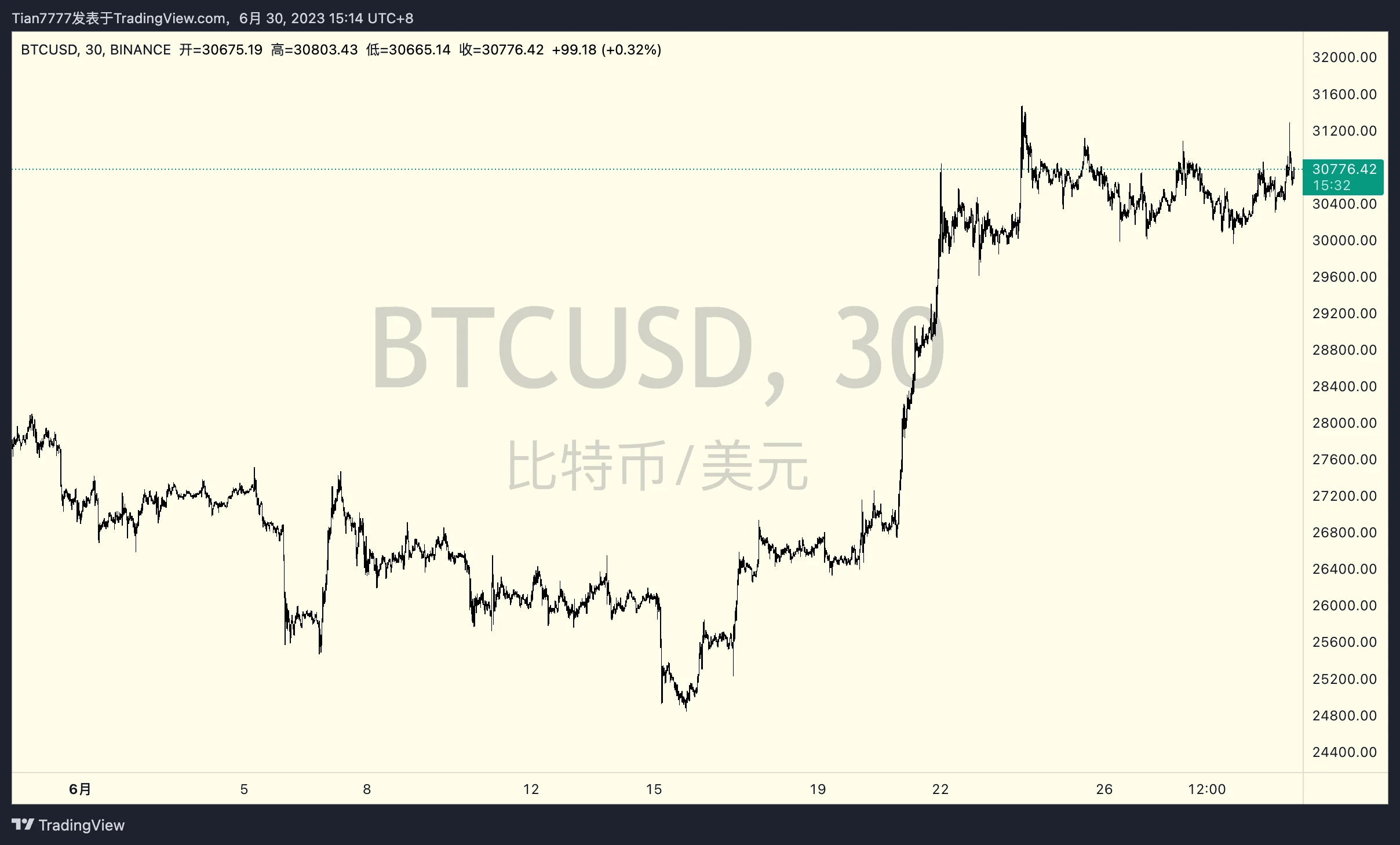

In retrospect, while native cryptocurrency exchanges Binance and Coinbase were being sued by the SEC, causing the market to freeze, numerous traditional financial institutions, including BlackRock, chose to enter the market. Is this a "coincidence" or a "conspiracy"? It is indeed thought-provoking.
Regardless of whether the SEC is rolling out the red carpet of regulation for traditional financial institutions, what we need to understand more is what kind of impact their entry will have on the world of cryptocurrency. As ordinary investors, how should we respond?
First, the entry of traditional financial institutions is undoubtedly injecting a large amount of liquidity into the cryptocurrency market. The characteristics of ETFs are that they can be listed and traded on stock exchanges, which will provide investors with more convenient bitcoin trading channels. With the introduction of ETFs, more traditional and institutional investors can easily participate in the bitcoin market, leading to more funds flowing into the market. Markus Thielen, Head of Cryptocurrency Research at digital asset service platform Matrixport, has previously pointed out that "BlackRock's Bitcoin ETF will attract $10 billion within three months and $20 billion within six months - this will greatly support the price of bitcoin." The participation of traditional financial institutions may bring more stable capital flows, improve market depth and liquidity to the bitcoin market.
Second, the participation of traditional financial institutions helps further improve regulatory compliance in the crypto industry. The SEC has been cracking down on crypto-friendly banks, crypto exchanges, and custodial service providers this year. Traditional financial institutions are usually subject to strict oversight by regulatory authorities and comply with a series of rigorous compliance requirements. Their participation will promote the development of the crypto industry towards greater standardization and transparency.
At the same time, due to the imperfect regulatory framework and unclear regulatory systems, "black swan" events in regulation frequently occur. These not only affect investor sentiment but also hinder the healthy development of the market. With the guidance of traditional financial institutions, regulatory authorities may be more proactive in formulating and adjusting regulatory policies and regulations, establishing a more comprehensive regulatory framework to ensure the healthy development of the market and investor protection. This will further enhance the confidence of market participants and attract more traditional and institutional investors to enter the crypto market.
Third, the application of ETFs may have an impact on the price volatility of bitcoin. In the short term, whether the application is approved or not, the impact of the news will cause significant price fluctuations in the market. On June 30th, when the SEC indicated that the application for a bitcoin spot ETF was insufficient, the price of bitcoin fluctuated by around 5% in 1 hour. Therefore, investors should pay attention to the risks brought by the news.
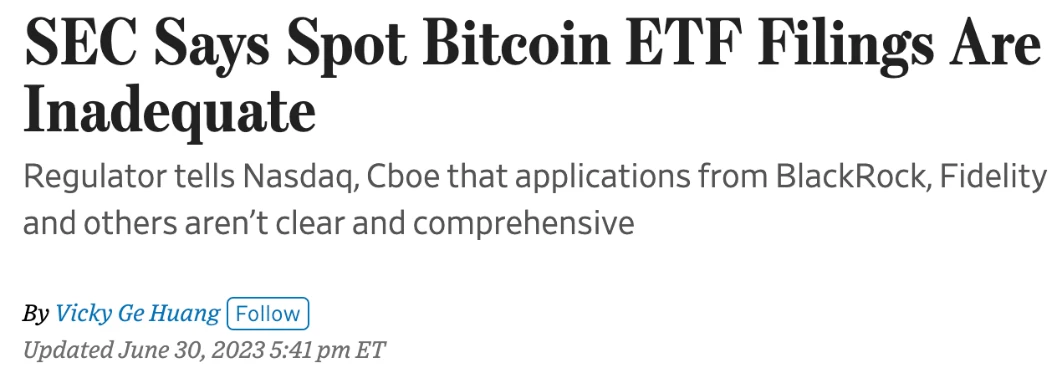
In the long term, according to data provided by crypto researcher @TheCryptoLark, the funds managed by the institution BlackRock alone amount to $10 trillion. In comparison, the circulating Bitcoin (BTC) on exchanges accounts for only 10% of the total, approximately $50 billion. BlackRock would only need to use 0.5% of its funds to purchase all the BTC circulating on exchanges. If the ETF is approved, the price of Bitcoin is likely to experience significant volatility due to the surge in trading volume. Looking further into the future, the price of BTC is expected to rise due to increased trading demand resulting from the approval of the ETF.
Lastly, the entrance of traditional financial institutions will play a significant role in driving the development of the entire industry. Nicolas Bertrand, the cryptocurrency head at Nomura Securities, believes that diversified products and numerous competitors are driving industry growth. The involvement of traditional financial institutions in the crypto asset field will lead to short-term "competition," but the entry of more companies into the industry will expand the market's size. Further exploration and participation by traditional financial institutions in the crypto market will promote the recognition and adoption of Bitcoin and other crypto assets within the financial industry, accelerating the integration of traditional finance with the crypto world.

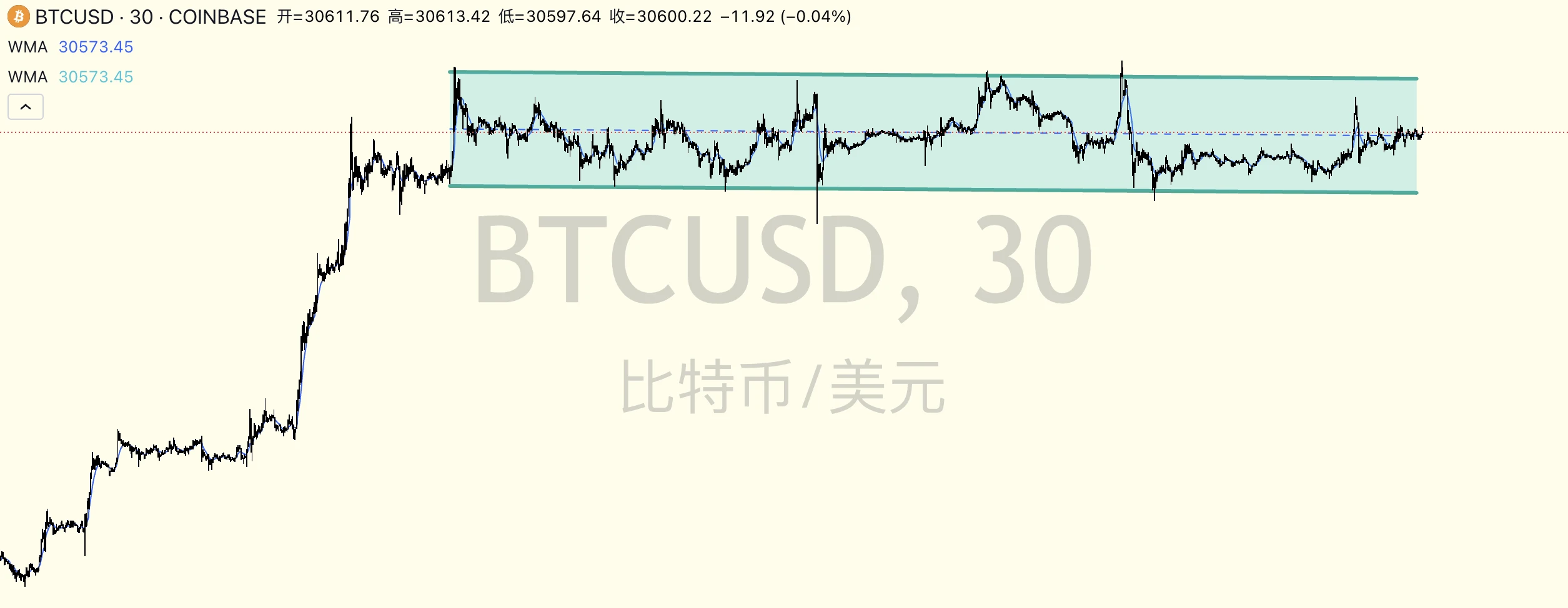
Since the news of BlackRock's ETF application broke out, Bitcoin has experienced a wave of price increases. Currently, the BTC price is fluctuating between $30,000 and $31,000. The prolonged period of volatility, exceeding 20 days, indicates strong buying power around $30,000 and strong selling power around $31,000. In the short term, it is important to closely monitor the price behavior of Bitcoin, as the direction of price movement may become clearer gradually due to macroeconomic data such as the US Consumer Price Index (CPI) and other related news stimuli. Whether a Bitcoin spot ETF will be approved is also a significant factor affecting price behavior. In the long term, considering the background of the halving event, following the past "conventions," Bitcoin seems to be heading towards a major bull market.
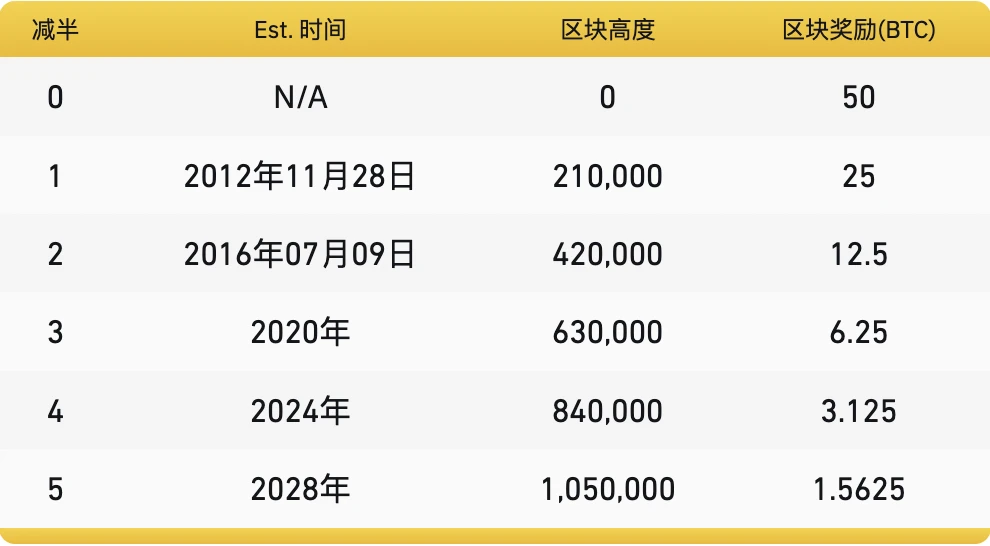
According to the design of Bitcoin, whenever a miner successfully solves a block, they will receive a certain amount of new Bitcoin as a reward. However, in order to control the supply of Bitcoin, the Bitcoin protocol stipulates that the block reward will be halved approximately every four years, and this halving will reduce the block reward to 3.125 BTC.
The halving mechanism of Bitcoin aims to limit the total supply of Bitcoin and gradually slow down its growth rate. Through the halving mechanism, Bitcoin maintains its scarcity and inflation resistance.

There are less than 300 days left until the fourth Bitcoin halving. Looking back at the history of Bitcoin halvings, it seems that each halving has been accompanied by a surge in Bitcoin price:
November 28, 2012 - The first halving, the block reward reduced to 25 BTC, the price of Bitcoin increased from $12 to $1,217.
July 8, 2016 - The second halving, the block reward reduced to 12.5 BTC, the price of Bitcoin increased from $647 to $19,800.
May 12, 2020 - The third halving, the block reward reduced to 6.25 BTC, the price of Bitcoin increased from $8,787 to a high of $64,507.

Through the three halving events in Bitcoin's history, we can see that each halving has been accompanied by a surge in Bitcoin price, which seems to support the positive impact of halving on the Bitcoin price.
In terms of demand, with the popularity of BRC-20 recently, the Bitcoin ecosystem seems to have reached a turning point. Bitcoin, which used to only serve as a store of value as "digital gold," is now experiencing increased demand due to the richness of its ecosystem. In addition, institutional involvement and trading demand will also lead to an increase in Bitcoin demand.
From the perspective of supply, the total amount of Bitcoin was determined to be 21 million coins from the beginning. The halving that occurs every four years will reduce the inflation rate of Bitcoin and decrease the supply. For a commodity like Bitcoin with low supply elasticity, an increase in demand and a decrease in supply will likely result in a price increase.
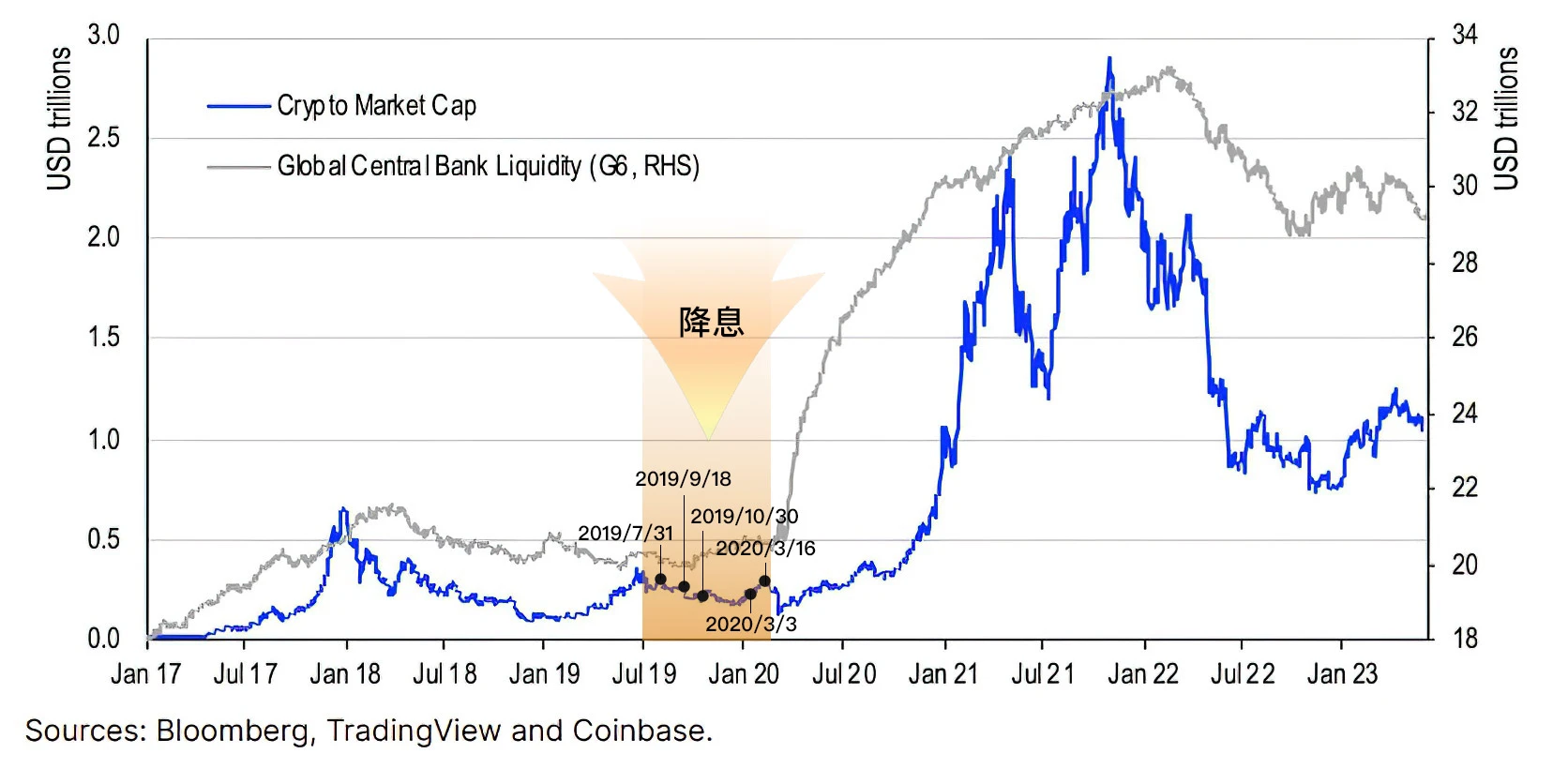
By observing past bull and bear markets of Bitcoin, it can be seen that macro liquidity has had a significant impact on the price of Bitcoin. Specifically, the bull market of Bitcoin in 2012 occurred against the backdrop of the implementation of the third round of quantitative easing by the Federal Reserve and the adoption of loose policies by the European Central Bank. The bull market in 2016 was related to Brexit, as the Bank of England resumed its bond-buying program to address uncertainties, further releasing liquidity. At the same time, the launch of Bitcoin futures attracted a large amount of off-exchange funds entering the market. The bull market in 2020 was influenced by the global pandemic, with the United States implementing large-scale monetary easing policies, including unlimited quantitative easing, injecting a large amount of liquidity into the market. This resulted in a large influx of funds into the Bitcoin and other cryptocurrency markets, driving up the price of Bitcoin. Conversely, bear markets are typically consistent with global liquidity tightening. In the bear markets of 2014, 2018, and 2022, global liquidity tightening led to capital outflows from the Bitcoin market, resulting in downward pressure on the price of Bitcoin.
These results indicate that the monetary policies of global central banks and the liquidity situation have a significant impact on the Bitcoin market. Loose monetary policies and ample liquidity tend to drive up the price of Bitcoin, while tightening monetary policies and liquidity tightening may exert downward pressure on the price of Bitcoin.
By the end of 2022, global liquidity seems to have bottomed out, indicating that Bitcoin may have reached its bottom. At the same time, US inflation has ended, with the Federal Reserve announcing a pause in interest rate hikes in June. In this situation, investors may seek returns and channel funds into the stock market and cryptocurrency market, therefore, a sustained increase in asset prices is expected in the future.

According to the statistics of Cailian News Agency, Bitcoin has outperformed various types of assets in the first half of this year with a growth rate of 83.81%. Whether to "strike while the iron is hot" or "take a breather," R3PO believes that, in the context of halving, the approval of Bitcoin spot ETF is likely to become the "catalyst" for the next bull market of Bitcoin. In addition, Bitcoin has experienced several rebounds from the bottom, and its characteristics at the bottom of the price trend are also quite evident.
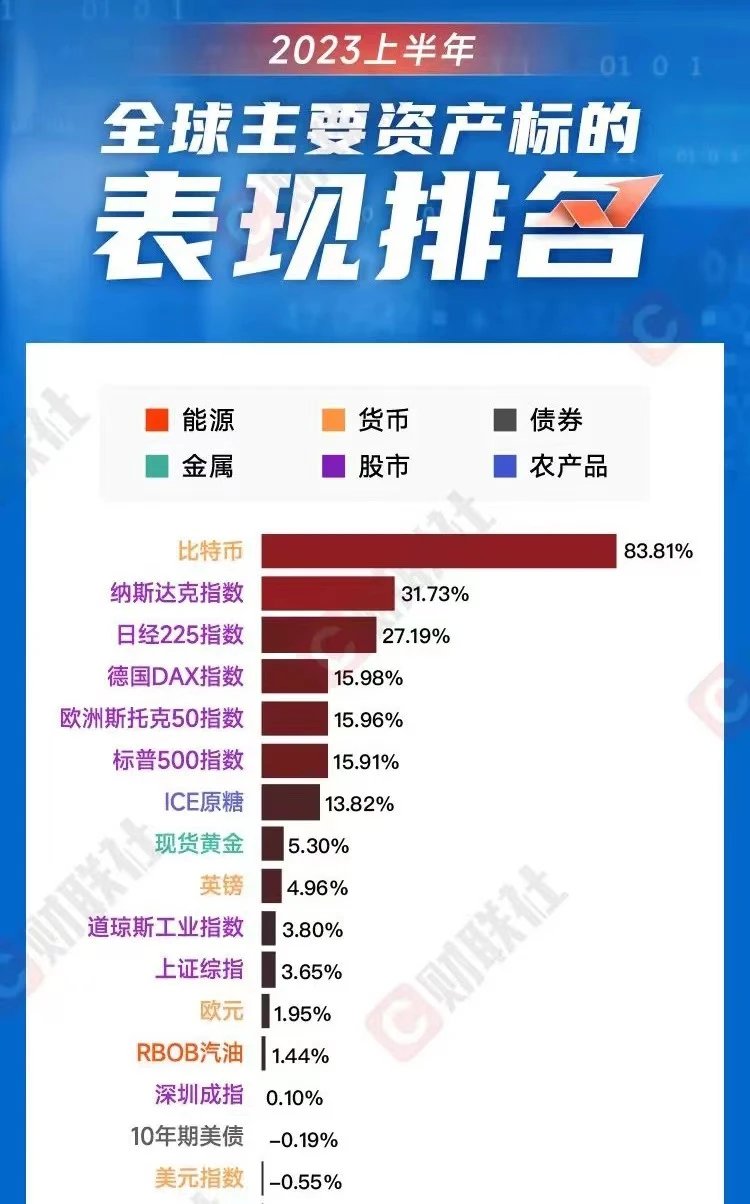
However, while maintaining optimism and confidence, risks should still be taken into account. First, due to the unclear regulatory framework and incomplete institutions, the application for a Bitcoin spot ETF may still be rejected by the SEC. Second, the impact of macro liquidity on crypto assets should not be ignored. The Federal Reserve may continue to adopt a tightening monetary policy, which will affect liquidity. It is necessary to continuously monitor inflation and employment data in the United States and evaluate the possibility of future interest rate hikes.
However, these uncertainties also provide a good opportunity for accumulation. In the long run, WealthBee is optimistic about Bitcoin and other crypto assets. Although there is short-term uncertainty, entering the market during uncertain periods is the right choice. Therefore, it is currently advisable to consider gradually entering the market and spreading the cost.
References:
https://www.defi4fun.com/bitcoin-halving-understanding-the-phenomenon/
https://www.theblockbeats.info/news/37141
https://xueqiu.com/1903522932/250655586
https://www.panewslab.com/zh_hk/articledetails/ujg4cufl.html
https://mp.weixin.qq.com/s/_VVM_ewVgpDcWhPfaKdcyg
Copyright Statement: If you need to reprint, please add WeChat Assistant to communicate. Without permission to reprint or rewrite, we reserve the right to pursue legal responsibility.
Disclaimer: The market has risks, and investment needs to be cautious. When considering any opinions, perspectives, or conclusions in this article, readers are strictly required to comply with local laws and regulations. The above content does not constitute any investment advice.










